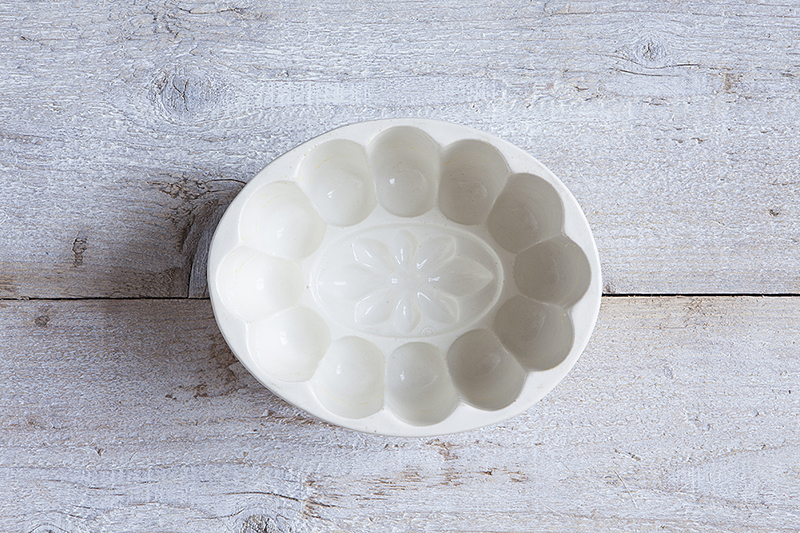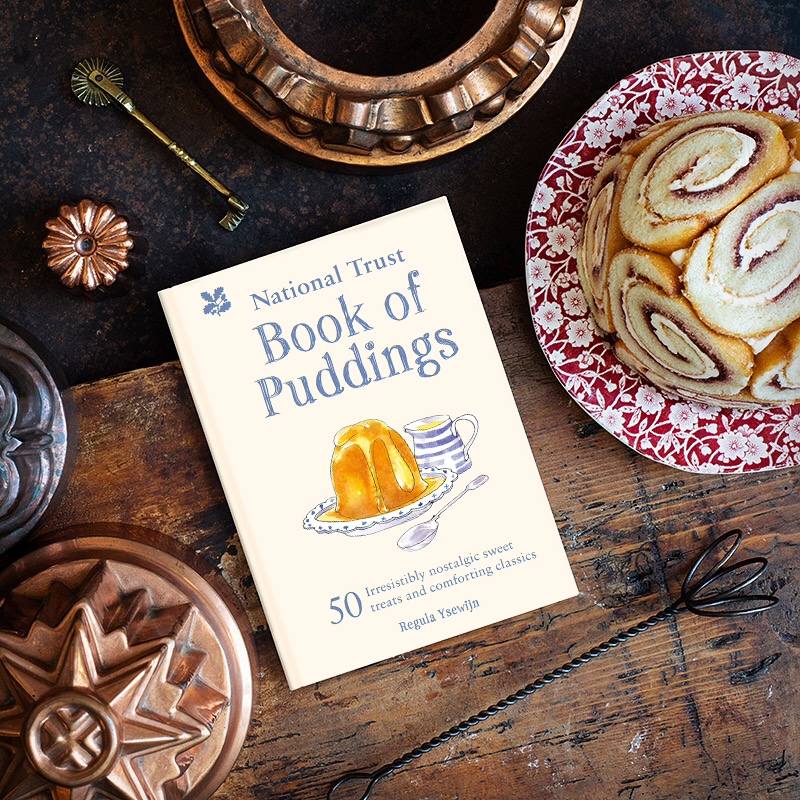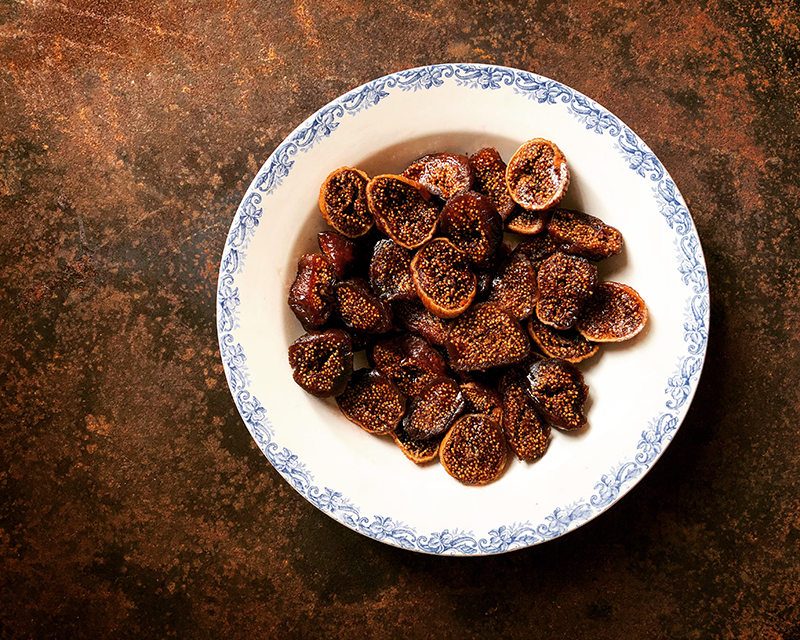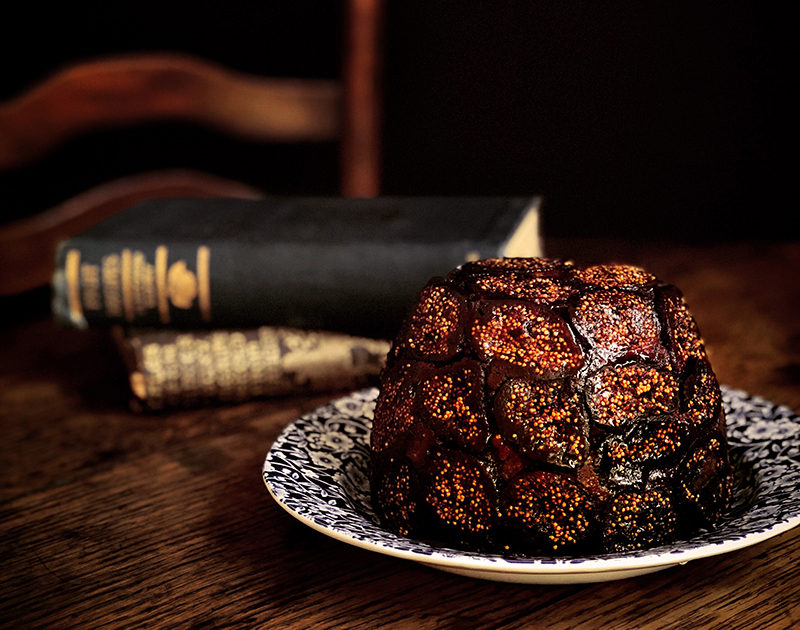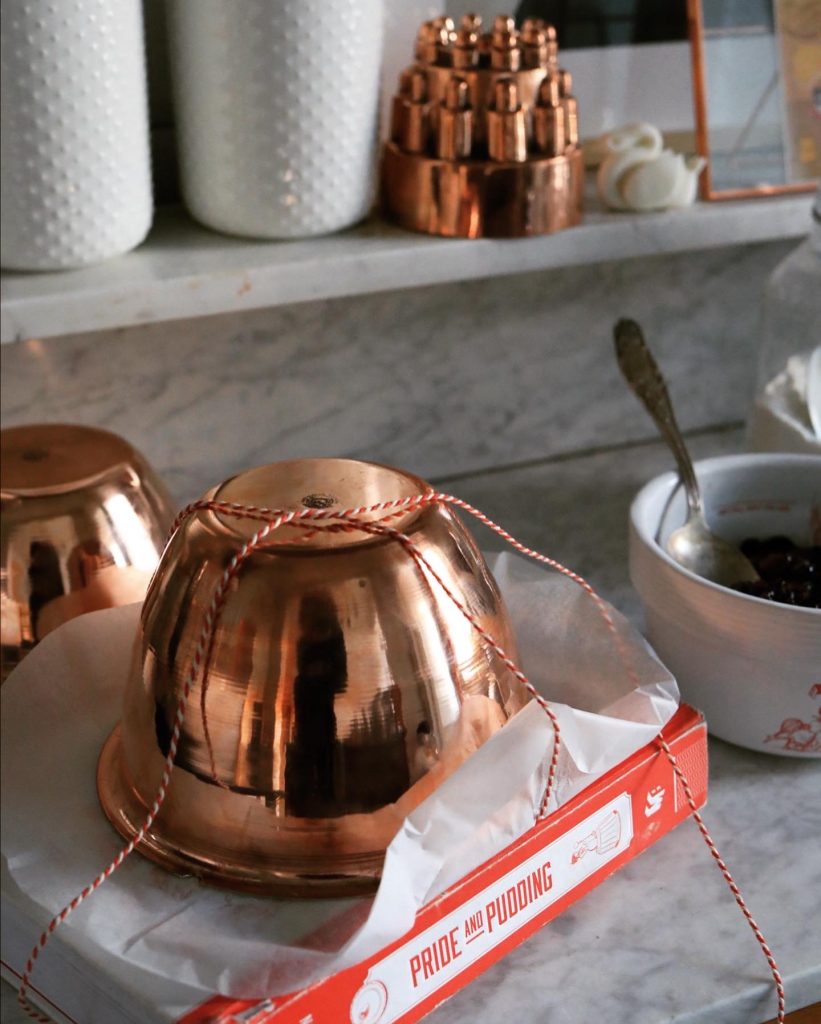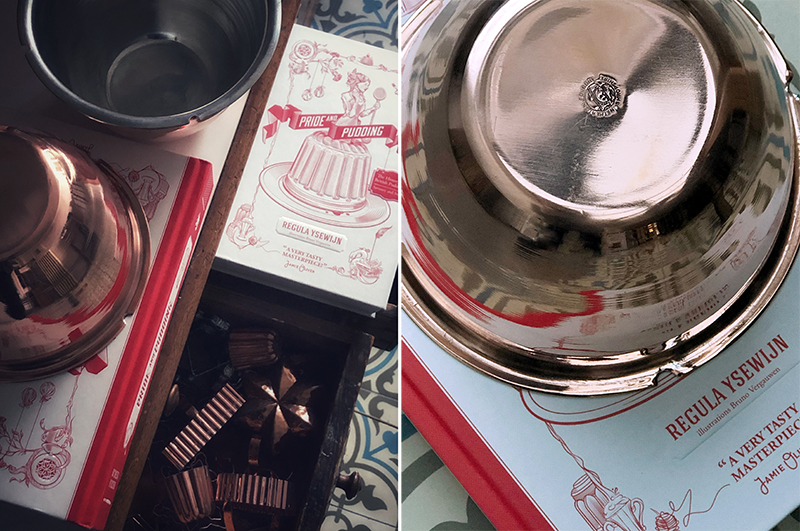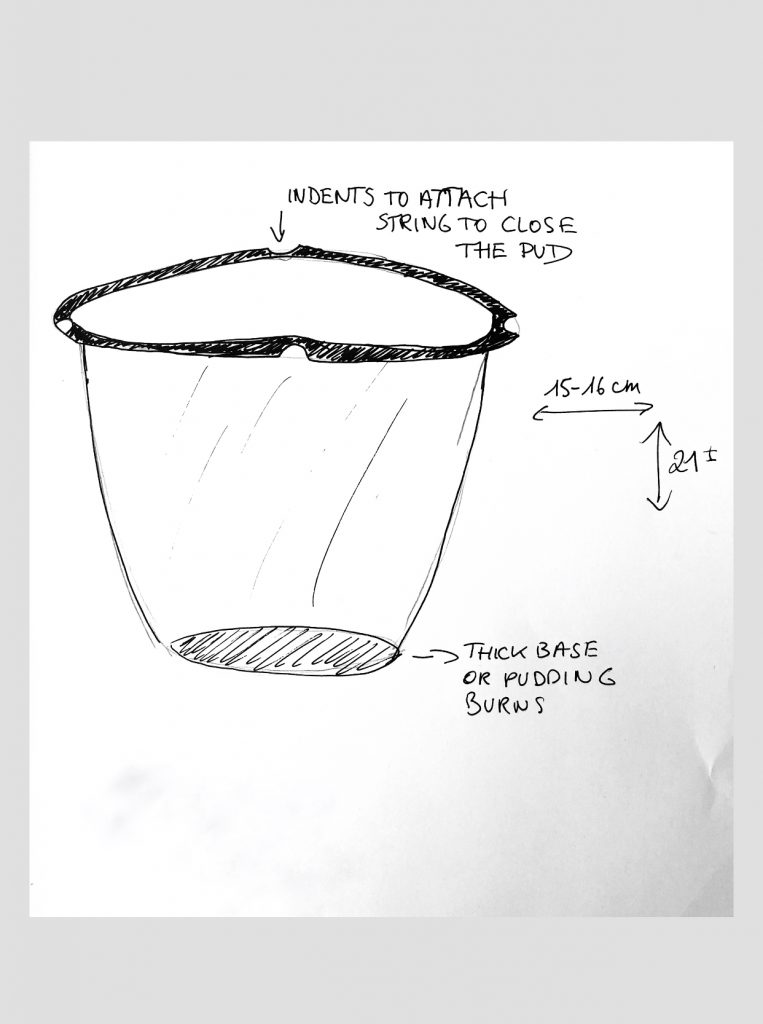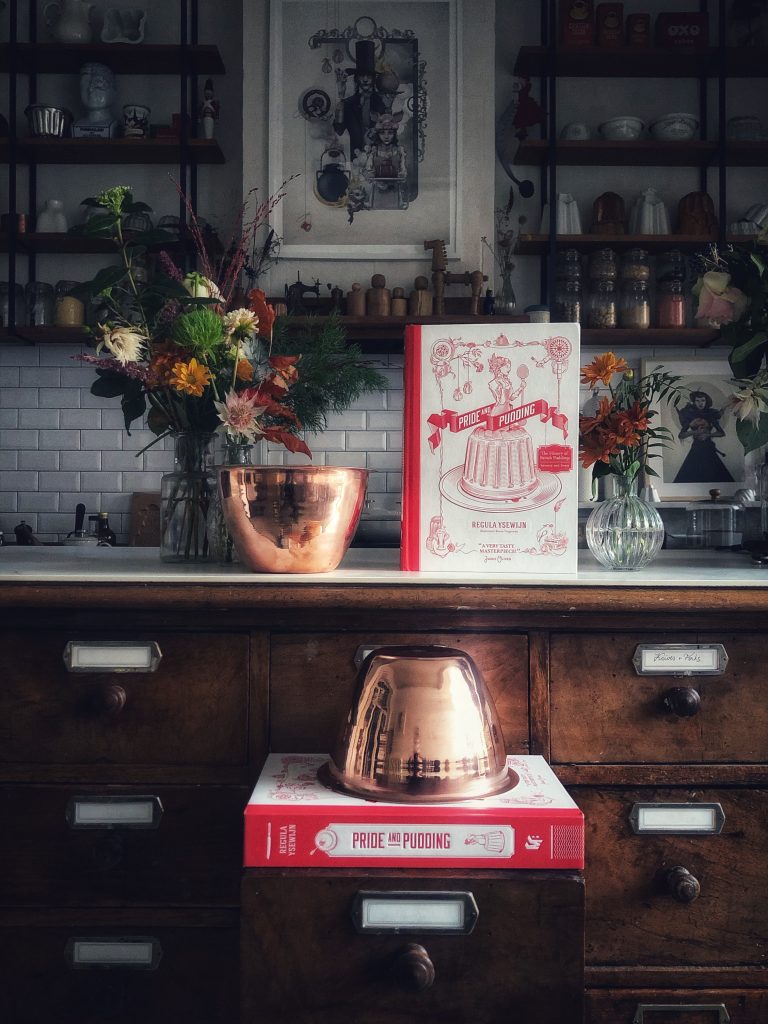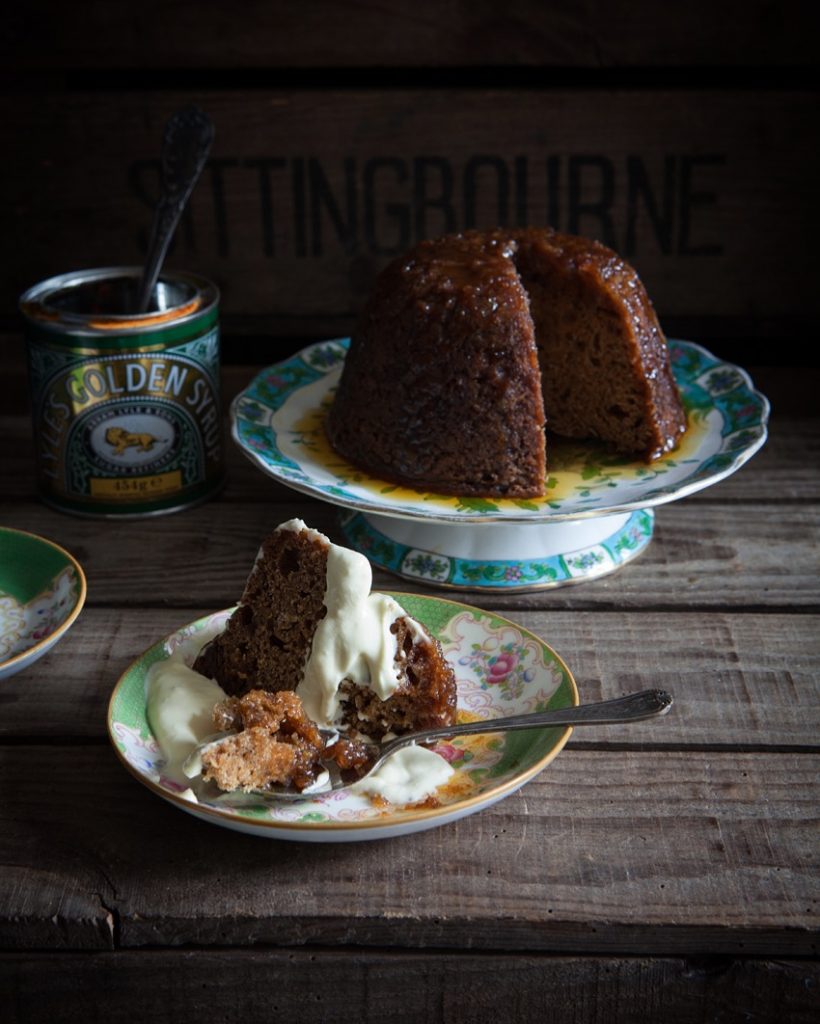The post Jaune Mange appeared first on Miss Foodwise.
]]>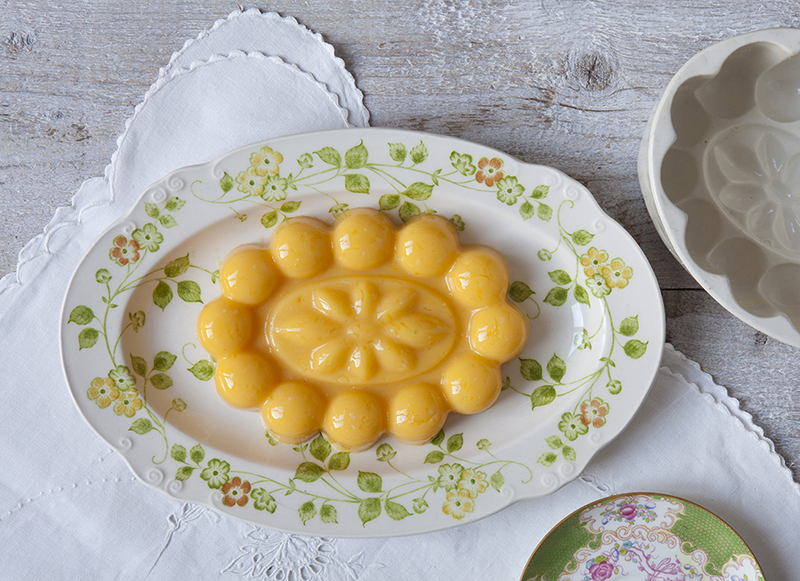 Jaune Mange jelly is the yellow sister to the ancient delicacy called Blanc Mange which means ‘white food’. It is one of the most international early dishes of European cuisine. From the Middle Ages onwards the name of this dish in its various forms – blanc mange, blanc manger, blamange, manjar branco, biancomangiare – can be found in most European cookery books.
Jaune Mange jelly is the yellow sister to the ancient delicacy called Blanc Mange which means ‘white food’. It is one of the most international early dishes of European cuisine. From the Middle Ages onwards the name of this dish in its various forms – blanc mange, blanc manger, blamange, manjar branco, biancomangiare – can be found in most European cookery books.
It is believed by many food historians that the earliest recipe for blancmange dates back to the twelfth century. Two recipes for blancmange also feature in the earliest English cookery text, The Forme of Cury from C1390. By 1395, two recipes for blancmange can be found in the Viandier manuscripts, the first French cookbook: one is a dish for the sick, the other is a multicoloured dish, which is at odds with the name’s literal meaning.
This recipe uses seville orange juice, while others recommend lemon and lemon peel for flavour and colour. Later recipes by J.H. Walsh in The British Cookery Book (1864) instruct the cook to use sherry or ‘raisin-wine’. Because the eggs give this jaune mange a set already, you don’t need to use as much gelatine as you would for a blancmange.`
Jaune Mange
Boil one ounce of isinglass three quarters of a pint of water, till melted, strain it; add the juice of two Seville oranges, a quarter of a pint of white wine, the yolks of four eggs, beaten and strained, sugar to the taste; stir it over a gentle fire till it just boils up; when cold put it into a mould or moulds; if there should be any sediment, take care not to pour it in.
Charlotte Mason, The Lady’s Assistant, 1773
Makes enough for a fancy 400 ml (14 fl oz) mould
What do you need
- 220 ml (7. fl oz) white wine
- 1 teaspoon sugar
- 3 egg yolks
- 4 gelatine leaves
- juice of 2 seville oranges (or plain oranges, it will just be more sweet but not too sweet, don’t worry)
Method
In a small saucepan, bring the wine and sugar to a simmer. In a separate bowl, whisk the egg yolks. Soak the gelatine leaves in the orange juice until soft.
Begin whisking the warm wine mixture into the egg yolks, followed by the soaked gelatine and juice.
Allow to cool but not set, then pour into a mould that you have rinsed and not wiped dry and allow to set for 6 hours or overnight. The smaller the mould, the shorter the setting time.
To unmould, wet one of your hands and use it to loosen the jelly. Allow the jelly to slide out onto a wet plate (if the plate is wet, you can easily move the jelly around if necessary).
From my book ‘Pride and Pudding – the history of British puddings, savoury and sweet’ (Murdoch Books)
Happy new year!
The post Jaune Mange appeared first on Miss Foodwise.
]]>The post Figgy Pudding for my ‘National Trust Book of Puddings’ appeared first on Miss Foodwise.
]]>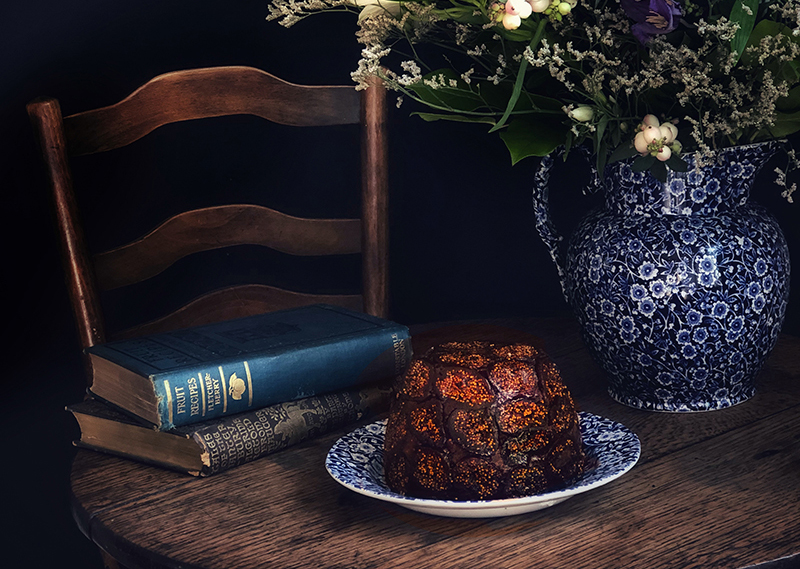
Today is Stir-up sunday and the most important day on the pudding calendar. Today is the day to prepare the Christmas pudding, or plum pudding. Why this should be done a month before Christmas is something I’ve written about in a previous posting here and in my book Pride and Pudding. But this year I wanted to give you an alternative to the traditional plum pud.
A figgy pudding is just another name for a plum pudding – and both of them generally refer to puddings made with raisins or currants and no figs at all. However there have been recipes for figgy pudding in the late 19th century, but those recipes did refer to puddings made with figs and didn’t give a recipe for plum pudding. Using dried figs, this results in a dark and luxurious winter pudding. Why not have this as your pudding on Christmas day for a change this year?
This is a recipe from my little book the ‘National Trust Book Of Puddings‘ which was published in april (2019).
Maybe you have noticed on instagram or you have spotted one of my previous post about the copper pudding basin I developed with the people from Netherton Foundry? It creates a perfect pudding because copper holds the heat much better than ceramics do. It is a pudding basin for life, and one to pass on to your sons and daughters, because this is seriously durable and also incredibly pretty. To find out more about the copper pudding pot, go over to Netherton Foundry’s website here.
Figgy Pudding – from my book ‘The National Trust Book of Puddings’
- 400g dried figs
- 3 tablespoons golden syrup
- 120ml red wine
- 20ml Cointreau
- 60g currants
For the pudding
- 110g plain flour
- 60g shredded suet
- 120g brown sugar
- 60g fresh breadcrumbs
- 1 teaspoon baking powder
- 1/2 teaspoon ground nutmeg
- 1 teaspoon mixed spice
- Pinch of salt
- 2 eggs
- 75ml stout or porter beer
Method
Start the day before you want to make the pudding. Put the figs and golden syrup into a saucepan with the red wine and Cointreau and bring to a simmer for about 5 minutes, stirring to immerse the figs in the liquid. When the figs have softened, remove them and set aside while simmering the liquid until it becomes syrupy. Cut any tough stems off the figs, then halve the figs and put them in the syrup to soak overnight. Soak the currants separately in a little water. It is also best to mix the pudding a day or a few hours in advance. Mix together all the dry ingredients in a large bowl, then add the eggs, currants and stout and mix well by gently stirring with a wooden spoon.
Prepare a 1.1-litre pudding basin for steaming and preheat the oven to 160C. See how to prep a pudding basin on this post about Christmas pudding here >
Arrange the halved figs all around the basin. Chop any leftover figs and fold them into the pudding mixture then spoon the mixture into the basin, cover and steam in the oven for 3 hours.
When done, turn the pudding out on to a plate. Warm any leftover syrup and drizzle over the pudding. Slice and serve with custard or clotted cream.
The post Figgy Pudding for my ‘National Trust Book of Puddings’ appeared first on Miss Foodwise.
]]>The post Copper pudding pot in collaboration with Netherton Foundry appeared first on Miss Foodwise.
]]>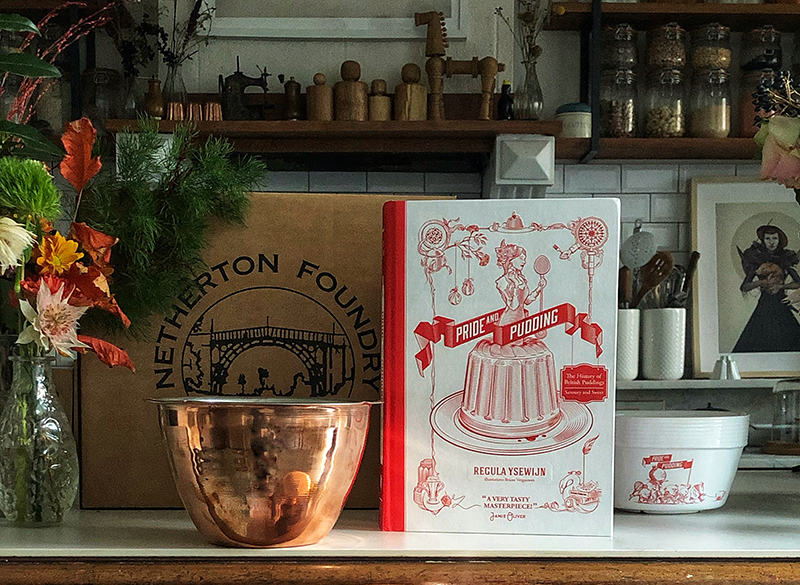 Win this specially designed copper pudding basin and my book Pride and Pudding!
Win this specially designed copper pudding basin and my book Pride and Pudding!
I’m very excited to share with you that I’ve designed a copper pudding basin in collaboration with Netherton Foundry. If you don’t know Netherton Foundry yet, they are an artisan maker of extraordinary spun iron, cast iron and copper cookware from Shropshire, UK. Husband and wife team Neil and Sue have created a brand that makes the hearts of foodies skip a beat, their wares are practical, versatile, durable and they look beautiful. I’ve met Neil and Sue years ago online and we’ve been talking about collaborating ever since.
I talked to Neil about creating a pudding basin because I felt there was something missing in the pudding market, a durable non ceramic pudding basin that has little cutouts where the string can be fitted in when closing a basin with baking paper. I was thinking spun iron, but Neil, being so experienced suggested copper. It’s not just a material that perfectly manages the heat, copper is also traditional for the more decorative jelly moulds and basins and it can be immersed into water without hurting its fabric. The basin is tin-lined, just like the original historical ones.
This week Netherton Foundry is holding a competition so you can win a copper pudding basin (worth £ 142) and my book Pride and Pudding (Murdoch books)!
To win the competition you need to do this before 10 november:
If you have social media accounts, please do one or all of the following:
Follow @nethertonfoundry and @RegulaYsewijn on Twitter then find the pinned competition tweet on the Netherton Foundry page and retweet it.
OR find the competition post on Netherton Foundry Facebook and like it and the page and then share the post.
OR follow us on Instagram, find the competition on the Netherton Foundry insta and like it, comment and tag 2 friends
You do not have to be on social media to enter. In thay case answer these simple questions:
You might want to read the competition page over at Netherton Foundry here: www.netherton-foundry.co.uk/iron-casserole-tagine/pudding-pot
a) What does Regula’s surname, Ysewijn, mean?
b) What was the profession of Ambrose Crowle?
Finally you need to send the answers to competition@netherton-foundry.co.uk and remember to include your address
and… tell us who you are on Twitter, Facebook or Instagram, if you use social media. Don’t forget to follow us for news and updates.
The competition closes at midnight on Sunday 10th November and we will announce the winner during the following week.
Check the @nethertonfoundry website for more information about the copper pudding basin – find the direct link in their profile.
I am so pleased to have worked on this with the lovely Neil and Sue from @nethertonfoundry. All of there superb spun iron, cast iron and copper cookware is produced by hand in Shropshire in their foundry. If you don’t know them yet, check them out.
So what to make in this pudding basin?
I’ve got a recipe here from Pride and Pudding!
Steamed Syrup Sponge Pudding
Makes 1 large pudding in a 16 cm (6 inch/No. 36) basin (mould)
- 150 g (5. oz/1 cup) plain (all-purpose) flour
- 1 teaspoon baking soda
- 60 g (2. oz) shredded suet
- 50 g (1. oz) dark brown sugar
- 40 g (1. oz) golden syrup (light treacle) or maple syrup if you can’t find golden
- a super-tiny pinch of salt
- 1/4 teaspoon ground allspice
- 1 egg
- 100 ml (3. fl oz) buttermilk
- 3 tablespoons golden syrup, extra, for the basin
Method
Treacle sponge pudding
Preheat the oven to 180ÅãC (350ÅãF). Prepare the pudding basin for steaming.
Prep a pudding basin:
Generously grease the pudding basin (mould) with butter and cut a circle of baking paper the same size as the base of the pudding basin. Placethe paper circle in the basin; it will stick perfectly to the butter. This will make it easier to get the pudding out of the basin.
Now get yourself a pan large enough to hold your pudding basin(s).
Combine the flour, baking soda, suet and sugar together in a large bowl, then add the golden syrup, salt and allspice followed by the egg and the buttermilk. Mix well to combine.
Pour the extra 3 tablespoons of golden syrup into the prepared basin. Spoon the batter into the pudding basin, then cut another two circles of baking paper with a diameter about 8–10 cm (3.–4 inches) larger than the top of the basin. Make a narrow fold across the middle to leave room for the paper cover to expand slightly. I like to use two layers of paper. Tie securely around the top of the basin with kitchen string, then cover with foil and tie kitchen string to create a handle so it will be easier to lift the basin out of the pan after steaming.
Stand the pudding basin on an inverted heatproof saucer, a jam jar lid or trivet in the base of a deep ovenproof saucepan or pot.
Pour in boiling water to come halfway up the side of the basin. Cover the pan, either with its own lid or with foil, in order to trap the steam. Place in the preheated oven and cook for 1. hours, checking after 1 hour and 15 minutes by inserting a toothpick into the pudding to see if it comes out clean.
When ready to serve, open the foil and loosen the side of the pudding with the tip of a knife, then turn the pudding out like a cake. Be careful, as hot water could have seeped into the foil and could run out, so wear oven mittens.
If it is not needed directly, freeze it in the basin and reheat it in the microwave after defrosting.
Serve with custard sauce
The post Copper pudding pot in collaboration with Netherton Foundry appeared first on Miss Foodwise.
]]>